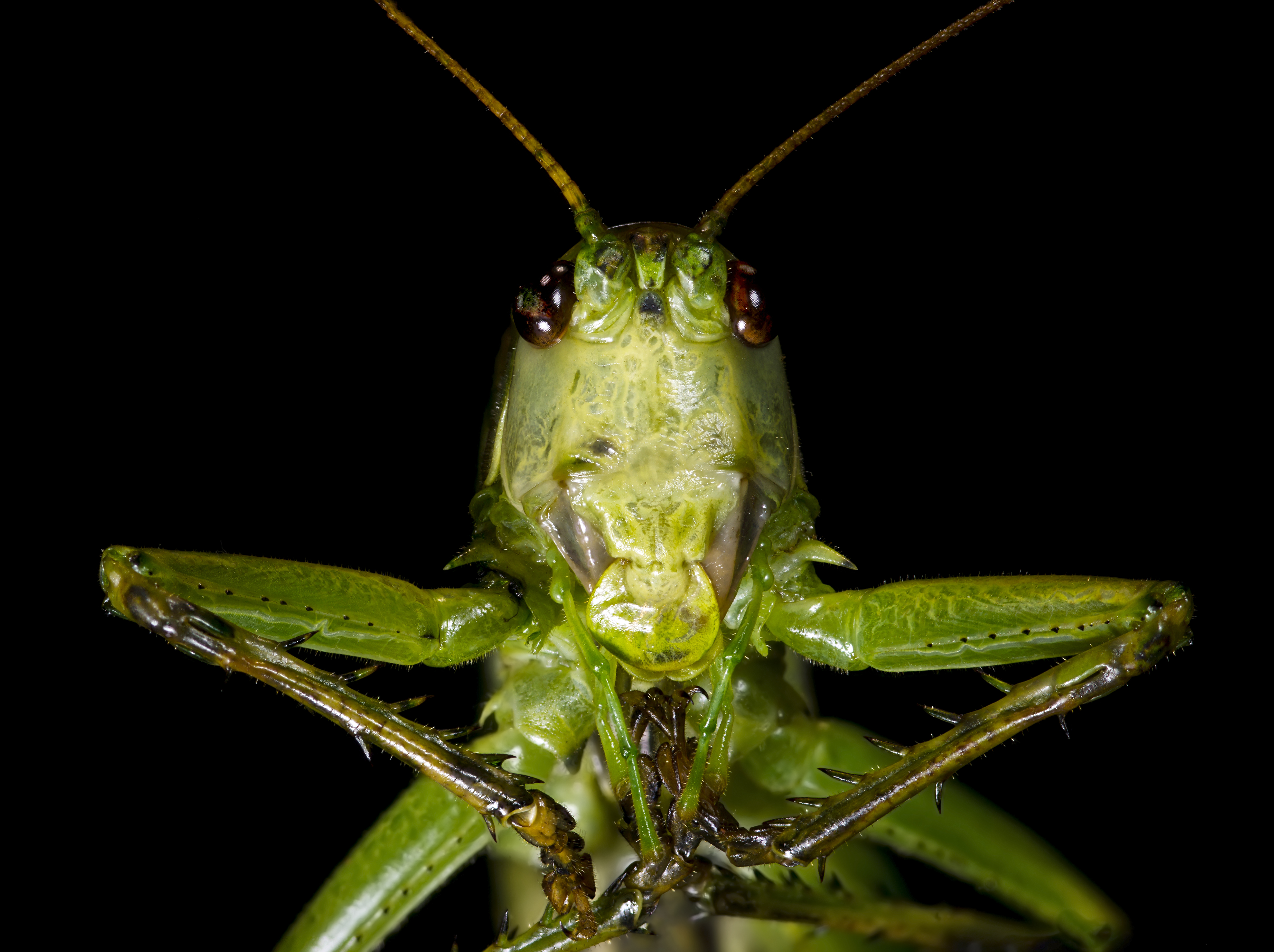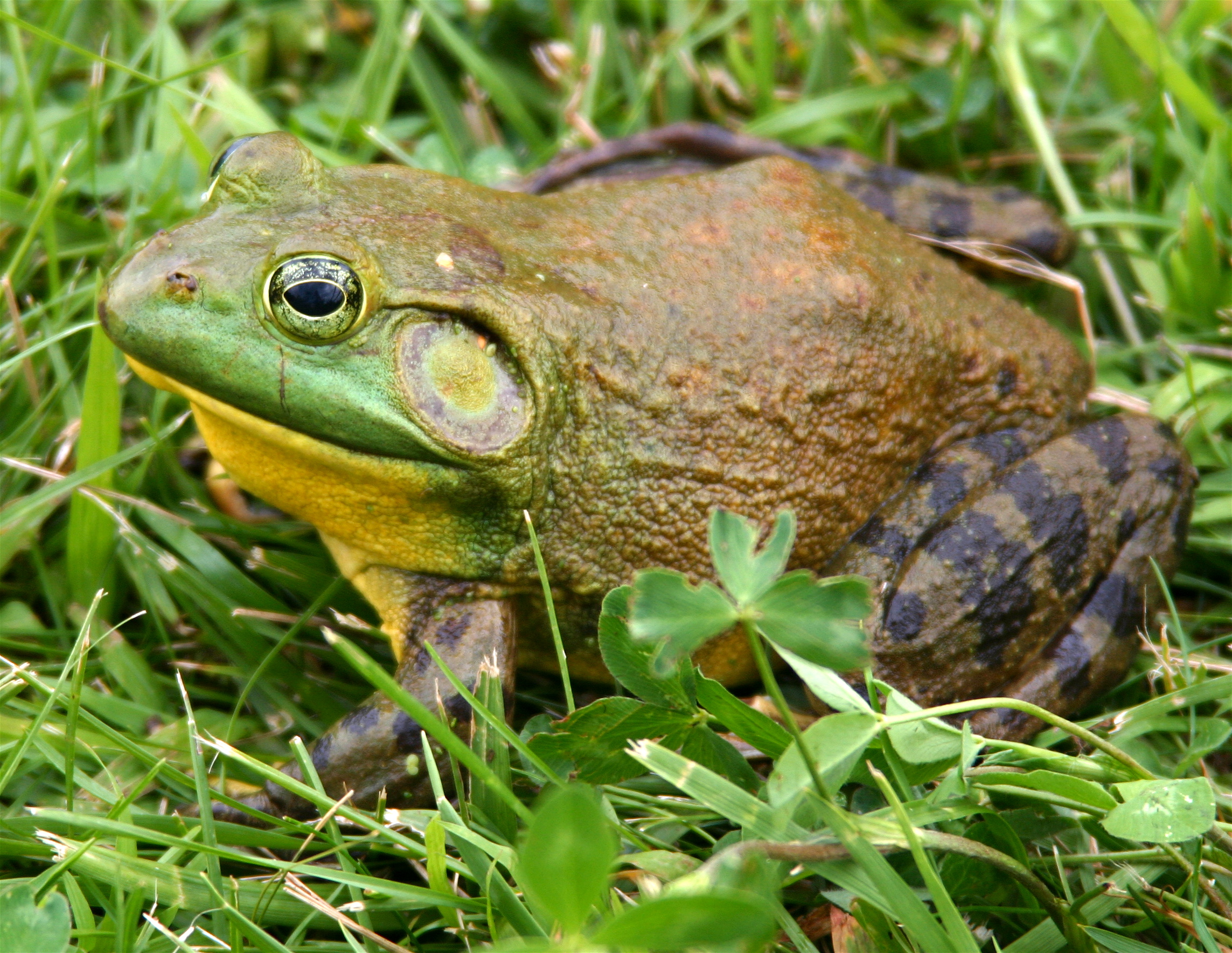|
Onomarchus (katydid)
''Onomarchus'' is a genus of bush crickets or katydids found mainly distributed in the tropical forests of Asia. Like many other members of the subfamily Pseudophyllinae, their wings appear very leaf-like. A study of ''O. uninotatus'' found it to produce sounds at an unusually low frequency of about 3.5 kHz. The tympanal membrane cuts out high frequencies unlike the sound filters found in other Tettigoniids. Species The species in the genus include * '' Onomarchus bisulcatus'' Ingrisch & Shishodia, 1998 * '' Onomarchus cretaceus'' (Serville, 1838) * '' Onomarchus leuconotus'' (Serville, 1838) - type species (locality Java) * '' Onomarchus philippinensis'' Weidner, 1965 * ''Onomarchus uninotatus ''Onomarchus uninotatus'' is a species of Pseudophyllinae, pseudophylline bush cricket from the family Tettigoniidae, native to South and Southeast Asia, and southern China. It is a fairly large Leaf-mimic katydid, leaf-like bush cricket where ad ...'' (Serville, 1838) Referen ... [...More Info...] [...Related Items...] OR: [Wikipedia] [Google] [Baidu] |
Onomarchus Uninotatus
''Onomarchus uninotatus'' is a species of Pseudophyllinae, pseudophylline bush cricket from the family Tettigoniidae, native to South and Southeast Asia, and southern China. It is a fairly large Leaf-mimic katydid, leaf-like bush cricket where adults are green (often fading to brown in Biological specimen, specimens) and on average measure about long in males and long in females; Nymph (biology), nymphs are smaller, have small wings and can be either green or brown. Both adults and nymphs of this common, nocturnal bush cricket are herbivorous and the species is sometimes considered a serious Pest (organism), pest when feeding on the foliage of fruit trees, especially jackfruit. References External links {{Taxonbar, from=Q10610143 Pseudophyllinae Orthoptera of Asia Taxa named by Jean Guillaume Audinet-Serville Taxa described in 1838 ... [...More Info...] [...Related Items...] OR: [Wikipedia] [Google] [Baidu] |
Carl Stål
Carl Stål (21 March 1833 – 13 June 1878) was a Swedish entomologist specialising in Hemiptera. He was born at Karlberg Castle, Stockholm on 21 March 1833 and died at Frösundavik near Stockholm on 13 June 1878. He was the son of architect, author and officer Carl Stål then Colonel, Swedish Corps of Engineers. He matriculated at Uppsala University in 1853, studying medicine and passing the medico-philosophical examination in 1857. He then turned to entomology and completed his Ph.D. at the University of Jena in 1859. The same year he became assistant to Carl Henrik Boheman in the Zoological department of the Swedish Museum of Natural History in Stockholm, where, in 1867, he was appointed keeper with the title of professor. He made collecting trips in Sweden and throughout Europe and visited other museums including the collection of Johan Christian Fabricius in Kiel. His study of the Fabrician types resulted in his "Hemiptera Fabriciana". A significant part of Stål's work w ... [...More Info...] [...Related Items...] OR: [Wikipedia] [Google] [Baidu] |
Tettigoniidae
Insects in the family Tettigoniidae are commonly called katydids (especially in North America), or bush crickets. They have previously been known as "long-horned grasshoppers". More than 8,000 species are known. Part of the suborder Ensifera, the Tettigoniidae are the only extant (living) family in the superfamily Tettigonioidea. They are primarily nocturnal in habit with strident mating calls. Many species exhibit mimicry and camouflage, commonly with shapes and colors similar to leaves. Etymology The family name Tettigoniidae is derived from the genus '' Tettigonia'', first described by Carl Linnaeus in 1758. In Latin ''tettigonia'' means a kind of small cicada, leafhopper; it is from the Greek τεττιγόνιον ''tettigonion'', the diminutive of the imitative ( onomatopoeic) τέττιξ, ''tettix'', cicada. All of these names such as ''tettix'' with repeated sounds are onomatopoeic, imitating the stridulation of these insects. The common name ''katydid'' is also on ... [...More Info...] [...Related Items...] OR: [Wikipedia] [Google] [Baidu] |
Tropical Forests
Tropical forests (a.k.a. jungle) are forested landscapes in tropical regions: ''i.e.'' land areas approximately bounded by the tropic of Cancer and Capricorn, but possibly affected by other factors such as prevailing winds. Some tropical forest types are difficult to categorise. While forests in temperate areas are readily categorised on the basis of tree canopy density, such schemes do not work well in tropical forests. There is no single scheme that defines what a forest is, in tropical regions or elsewhere.Anatoly Shvidenko, Charles Victor Barber, Reidar Persson et al. 2005 " Millennium Ecosystem Assessment." Ecosystems and human wellbeing: a framework for assessment Washington, DC: Island Press Because of these difficulties, information on the extent of tropical forests varies between sources. However, tropical forests are extensive, making up just under half the world's forests. The tropical domain has the largest proportion of the world’s forests (45 percent), followed ... [...More Info...] [...Related Items...] OR: [Wikipedia] [Google] [Baidu] |
Pseudophyllinae
The subfamily Pseudophyllinae contains numerous species in the family Tettigoniidae, the katydids or bush crickets. Sometimes called "true katydids", together with the crickets of suborder Ensifera, they form part of the insect order Orthoptera which also contains grasshoppers. Members of the group are noted for their remarkable camouflage. They closely resemble dried leaves, including veins, various blotches and even bite marks. Systematics The Pseudophyllinae may be subdivided into the following tribes (the first 17 of which are sometimes grouped into the super-tribes: Pleminiiti and Pseudophylliti) and genera. (retrieved 25 December 2017) Some notable are also lis ... [...More Info...] [...Related Items...] OR: [Wikipedia] [Google] [Baidu] |
Onomarchus Wing
Onomarchus ( grc, Ὀνόμαρχος) was general of the Phocians in the Third Sacred War, brother of Philomelus and son of Theotimus. After his brother's death he became commander of the Phocians and pursued a warmongering policy until his final defeat. Commander of the Phocians Onomarchus commanded a division of the Phocian army under his brother, Philomelus, in the action at Tithorea, in which Philomelus perished. After the battle Onomarchus gathered the remains of the Phocian army and retreated to Delphi. An assembly of the people was held, in which Onomarchus strongly urged the prosecution of the war—in opposition to the counsels of the more moderate party. In the winter of 354 / 353 BC, the Phocians decided to make Onomarchus supreme commander, in place of Philomelus. As far as the funding of his campaign was concerned, Onomarchus went a step further than his brother and predecessor, who had 'borrowed' from the sacred treasures of Delphi, keeping, however, scrupulou ... [...More Info...] [...Related Items...] OR: [Wikipedia] [Google] [Baidu] |
Tympanum (anatomy)
The tympanum is an external hearing structure in animals such as mammals, birds, some reptiles, some amphibians and some insects. Using sound, vertebrates and many insects are capable of sensing their prey, identifying and locating their predators, warning other individuals, and locating potential mates and rivals by hearing the intentional or unintentional sounds they make. In general, any animal that reacts to sounds or communicates by means of sound, needs to have an auditory mechanism. This typically consists of a membrane capable of vibration known as the tympanum, an air-filled chamber and sensory organs to detect the auditory stimuli. Anurans In frogs and toads, the tympanum is a large external oval shape membrane made up of nonglandular skin. It is located just behind the eye. It does not process sound waves; it simply transmits them to the inner parts of the amphibian's ear, which is protected from the entry of water and other foreign objects. A frog's ear drum wo ... [...More Info...] [...Related Items...] OR: [Wikipedia] [Google] [Baidu] |
Onomarchus Bisulcatus
Onomarchus ( grc, Ὀνόμαρχος) was general of the Phocians in the Third Sacred War, brother of Philomelus and son of Theotimus. After his brother's death he became commander of the Phocians and pursued a warmongering policy until his final defeat. Commander of the Phocians Onomarchus commanded a division of the Phocian army under his brother, Philomelus, in the action at Tithorea, in which Philomelus perished. After the battle Onomarchus gathered the remains of the Phocian army and retreated to Delphi. An assembly of the people was held, in which Onomarchus strongly urged the prosecution of the war—in opposition to the counsels of the more moderate party. In the winter of 354 / 353 BC, the Phocians decided to make Onomarchus supreme commander, in place of Philomelus. As far as the funding of his campaign was concerned, Onomarchus went a step further than his brother and predecessor, who had 'borrowed' from the sacred treasures of Delphi, keeping, however, scrupulou ... [...More Info...] [...Related Items...] OR: [Wikipedia] [Google] [Baidu] |
Java
Java (; id, Jawa, ; jv, ꦗꦮ; su, ) is one of the Greater Sunda Islands in Indonesia. It is bordered by the Indian Ocean to the south and the Java Sea to the north. With a population of 151.6 million people, Java is the world's most populous island, home to approximately 56% of the Indonesian population. Indonesia's capital city, Jakarta, is on Java's northwestern coast. Many of the best known events in Indonesian history took place on Java. It was the centre of powerful Hindu-Buddhist empires, the Islamic sultanates, and the core of the colonial Dutch East Indies. Java was also the center of the Indonesian struggle for independence during the 1930s and 1940s. Java dominates Indonesia politically, economically and culturally. Four of Indonesia's eight UNESCO world heritage sites are located in Java: Ujung Kulon National Park, Borobudur Temple, Prambanan Temple, and Sangiran Early Man Site. Formed by volcanic eruptions due to geologic subduction of the Aust ... [...More Info...] [...Related Items...] OR: [Wikipedia] [Google] [Baidu] |


_(7639102324).jpg)
